As a new parent, ensuring your baby’s comfort is paramount, especially in Singapore’s warm and humid climate. One of the most common dilemmas faced by many is whether to use an aircon or a fan to regulate the room temperature, particularly when the baby is feeling cranky or restless. Both options have their pros and cons, and it’s important to weigh these factors before making a decision.
In this article, we’ll delve deeper into the benefits and downsides of both aircon and fans to help you determine what might work best for your little one.
Temperature Control
One of the most significant advantages of using aircon is precise temperature control. This is especially beneficial in Singapore, where temperatures can easily soar. Aircon allows you to set and maintain a consistent room temperature, which can be soothing for a cranky baby. Excessive heat can cause discomfort and disrupt sleep, so having a cool room is essential.
On the other hand, a fan circulates the air and creates a cooling sensation by moving air around the room, but it doesn’t lower the room temperature. While it can provide some relief, it may not be as effective during extremely hot and humid days. However, fans can work well when the weather is mild, providing a gentle breeze without the need for air conditioning.
Humidity Levels
Aircon not only cools the air but also reduces humidity levels, making the room feel less sticky. This is a huge advantage in humid climates like Singapore, where high humidity can exacerbate discomfort and lead to mold growth. By removing excess moisture from the air, aircon can make the room more comfortable for your baby and help prevent respiratory issues caused by mold and mildew.
However, dry air from constant aircon use can sometimes cause problems for babies, such as dry skin or irritated airways. To counteract this, you can use a humidifier in conjunction with your aircon to maintain an ideal humidity level. Alternatively, a fan doesn’t alter humidity levels, but it also doesn’t provide the dehumidifying benefits that aircon offers.
Noise Level
Noise is another important consideration when choosing between aircon and fan. A fan typically produces a soft, steady hum or “white noise,” which many babies find soothing. The consistent noise can mask other disruptive sounds, helping babies to sleep more soundly.
Aircon, especially older units, can be noisier, emitting a low hum that may disturb your baby’s sleep. However, modern aircon units are designed to operate much more quietly. Some models even feature “sleep modes,” which reduce noise levels at night, allowing for a balance between cooling and quiet operation.
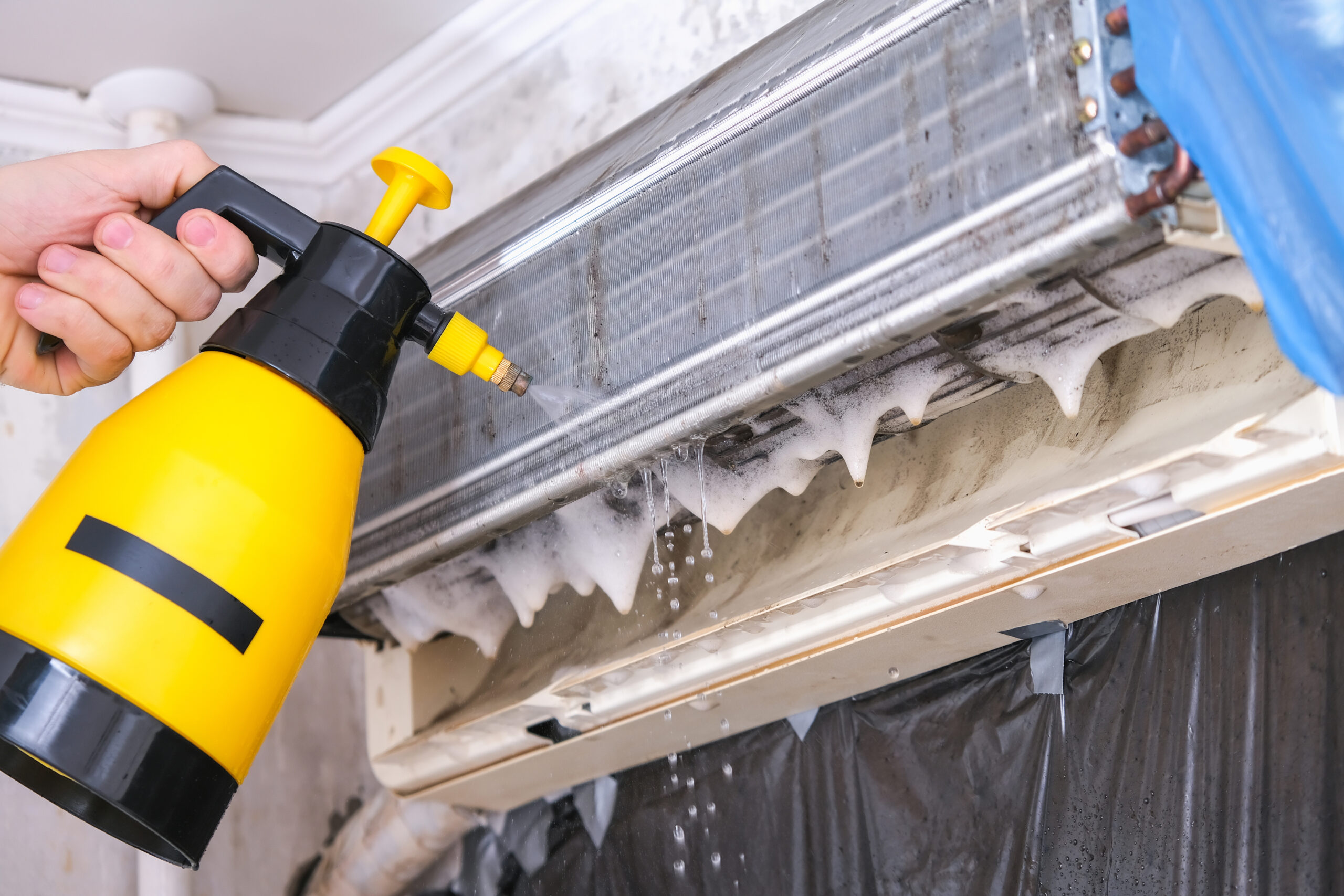
Air Quality
When it comes to air quality, aircon is the clear winner — provided it’s properly maintained. Aircon units typically come equipped with filters that help remove dust, allergens, and other pollutants from the air. This is especially important for babies with allergies or asthma, as clean air can help prevent respiratory discomfort.
However, if aircon maintenance is neglected, dirty filters and clogged ducts can circulate dust and allergens, compromising indoor air quality. Regular aircon servicing is crucial to ensure that your unit is functioning optimally and delivering clean, fresh air to your baby’s room.
On the flip side, fans don’t offer the same filtration benefits. They simply circulate the existing air in the room, which can stir up dust and other particles that may irritate your baby’s respiratory system. While fans don’t worsen air quality, they also don’t improve it.
Energy Efficiency
Energy consumption is another important factor, especially for budget-conscious households. Fans are generally more energy-efficient than aircon units, as they consume far less electricity. Using a fan for ventilation during cooler days can help reduce your household’s energy bills.
However, if cooling the room is a necessity, modern aircon units with inverter technology are designed to be energy-efficient, adjusting their power consumption based on the temperature settings. This allows you to save energy while maintaining a cool and comfortable environment for your baby.

Final Thoughts
As with every important decision-making process, consider the pros and cons when deciding between aircon and fan usage for your baby. Keep a close eye on your baby’s cues and comfort levels to determine which option is favourable to him or her. Regardless of your choice, prioritize maintaining a comfortable and safe environment for your baby. Make sure you are up-to-date with your aircon maintenance to maintain good air quality and amplify energy savings. Sometimes, the combination of aircon and fan usage may also be ideal. For example, using the aircon to cool the room first then switching to a fan for gentle air circulation during sleep.
It is crucial to do ample research before putting your full trust in professionals for reliable aircon servicing in Singapore to provide your baby with a healthy environment conducive to restful sleep and prime development.
Ultimately, the most important thing one should note is to constantly check the temperature and ventilation of the baby’s room during sleep time to reduce the risk of Sudden Infant Death Syndrome (SIDS).




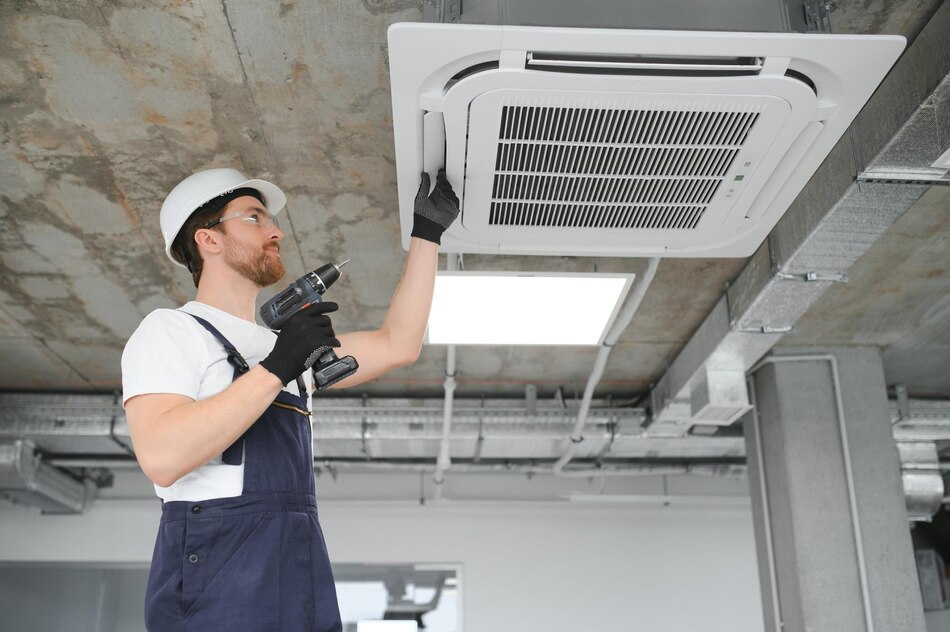

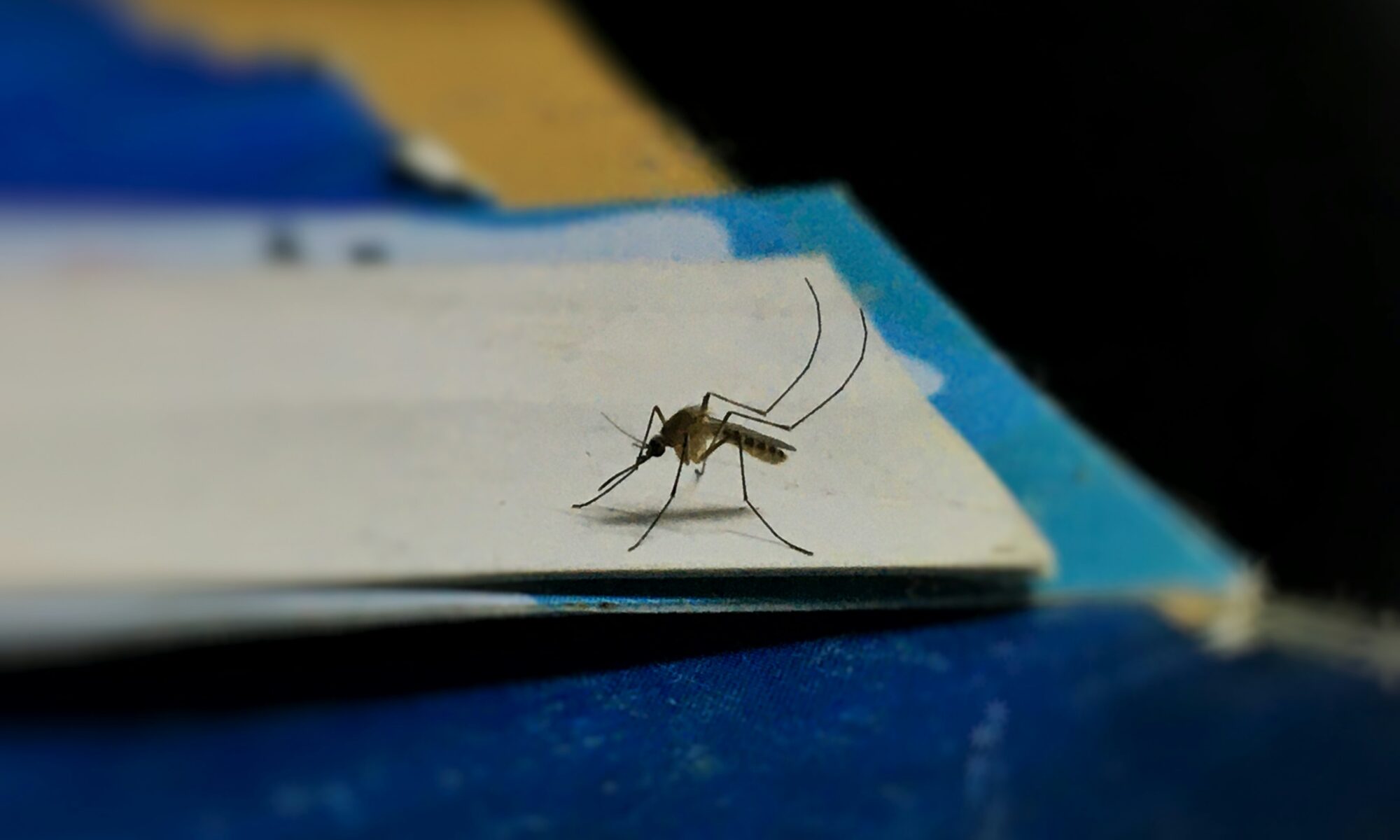

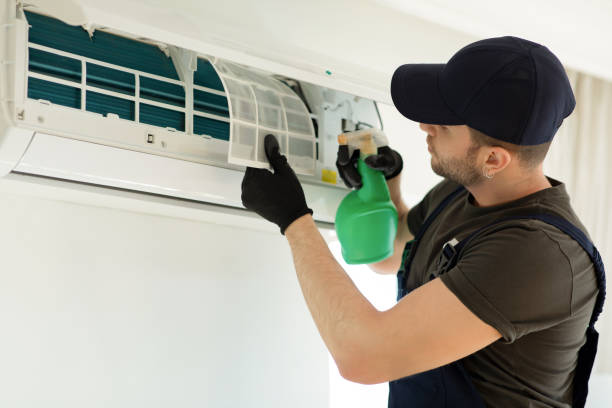
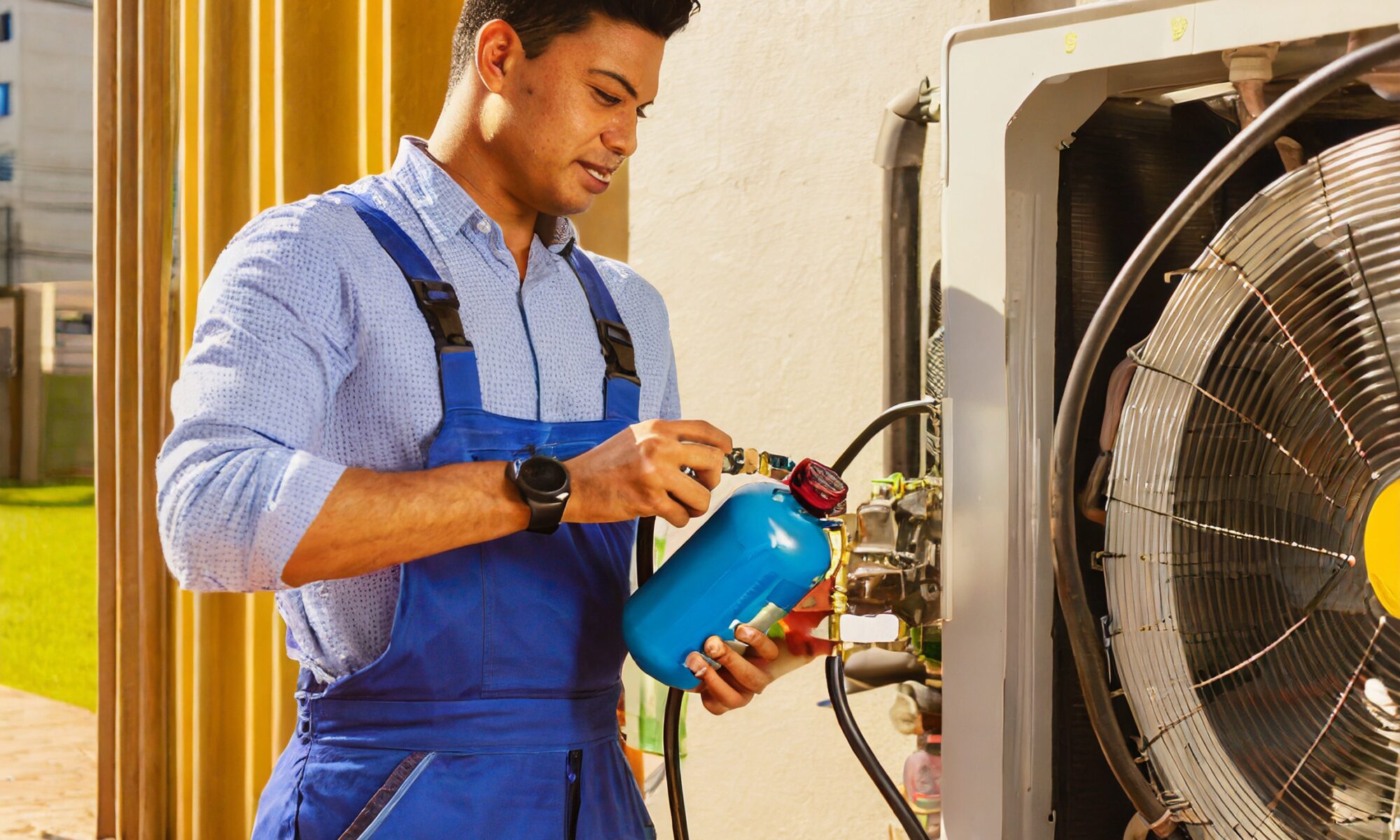
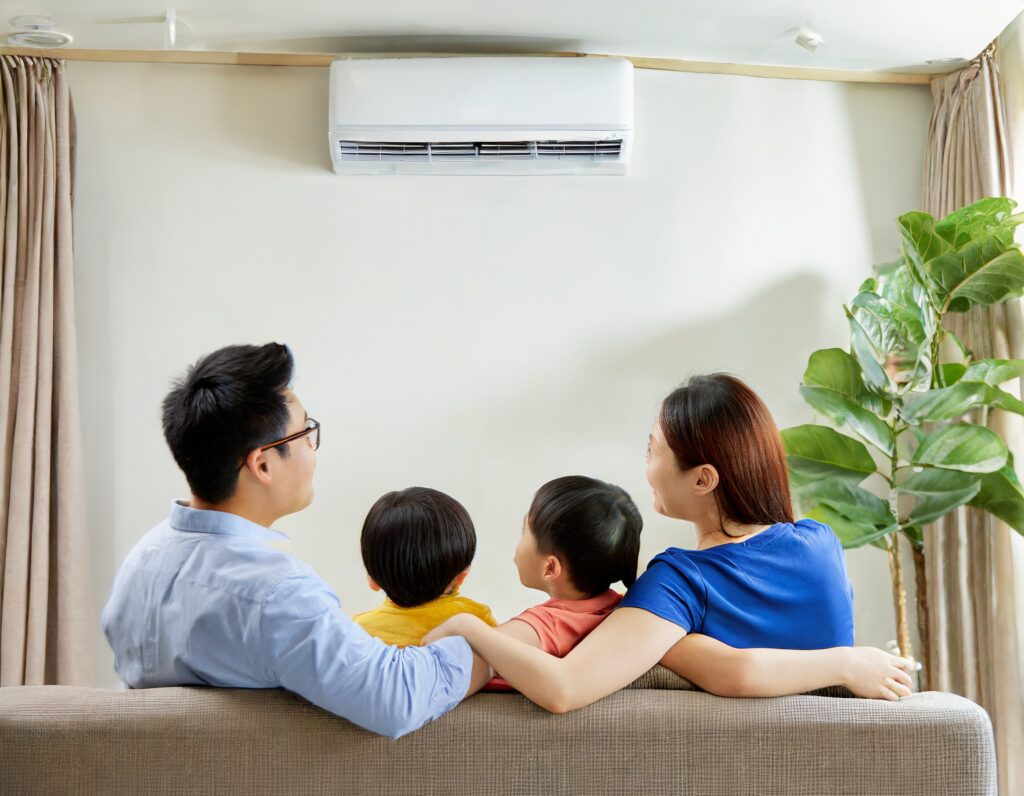
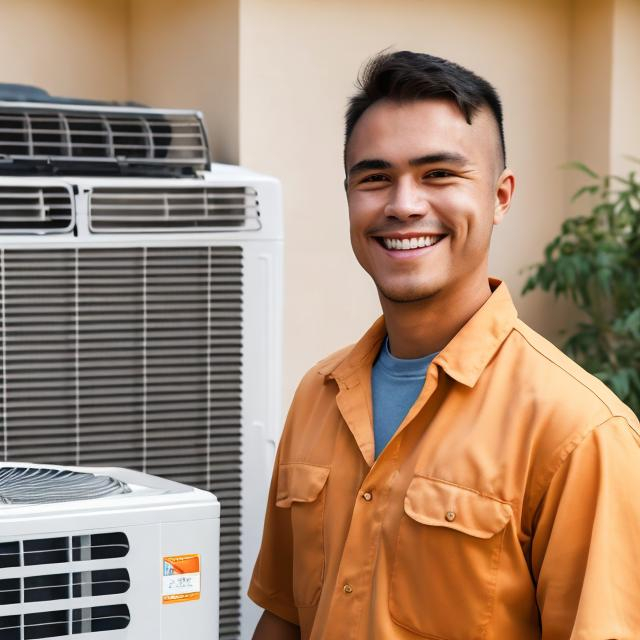
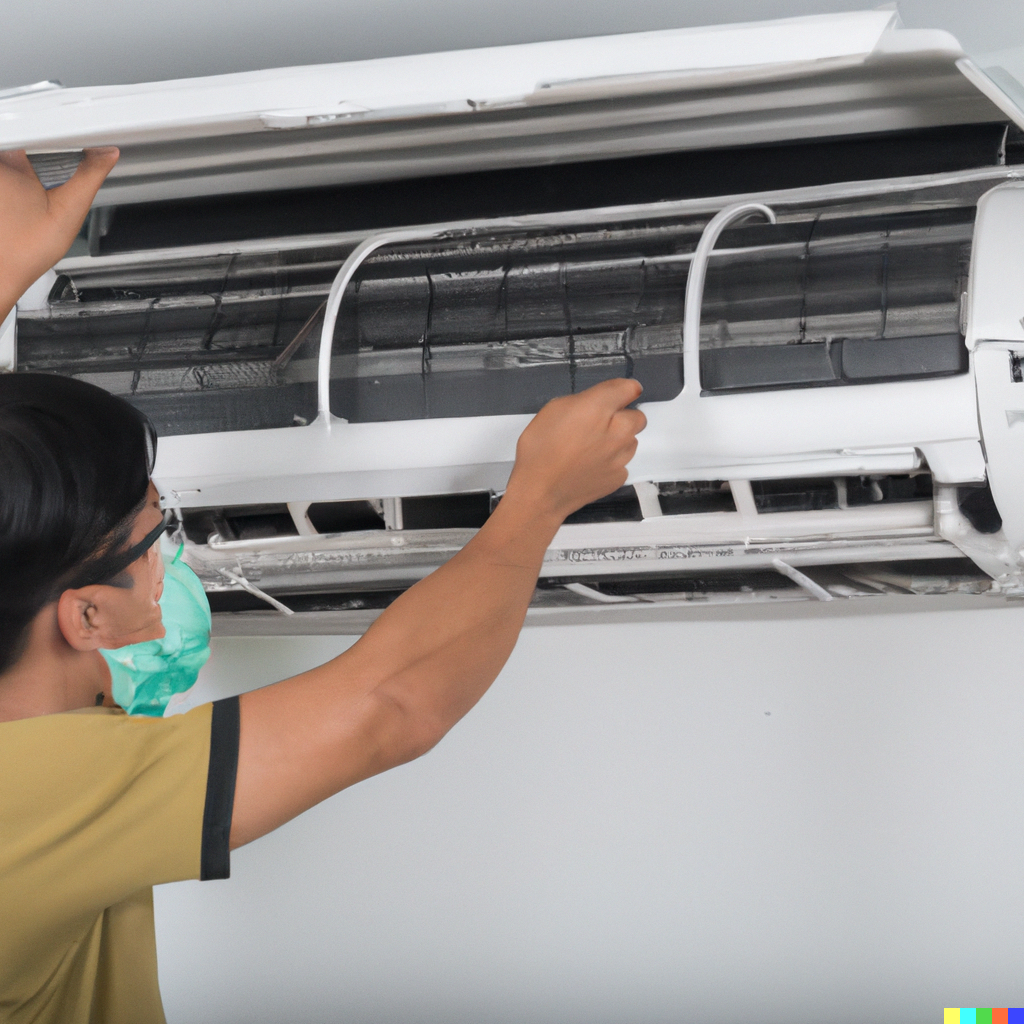
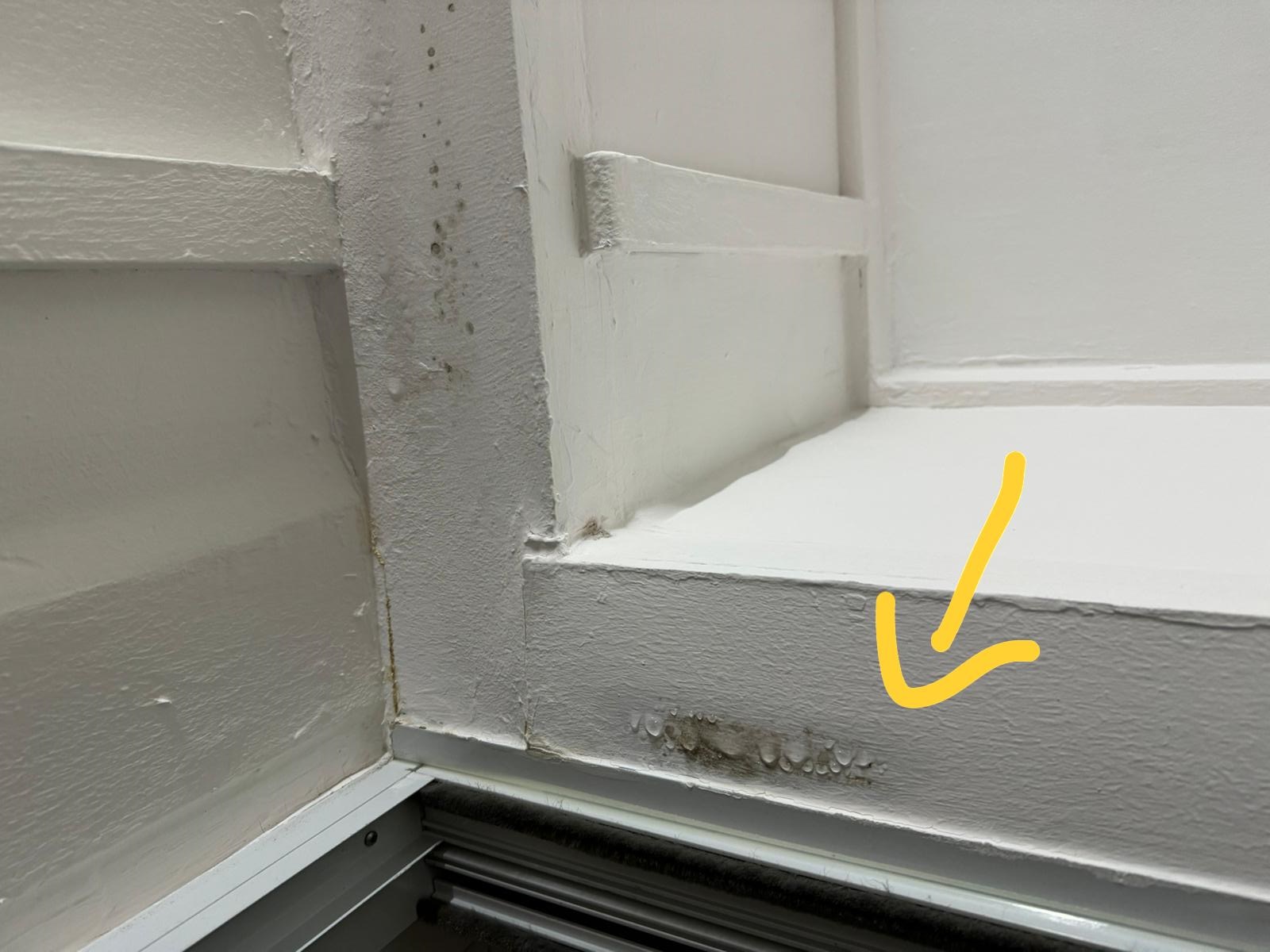
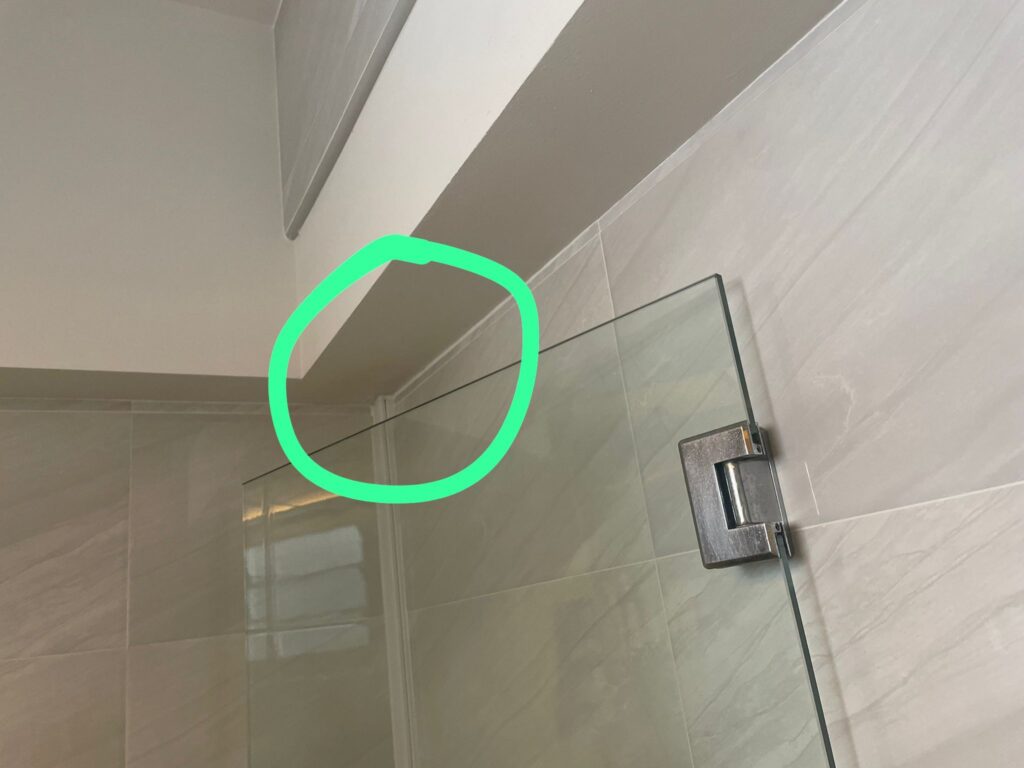
You must be logged in to post a comment.